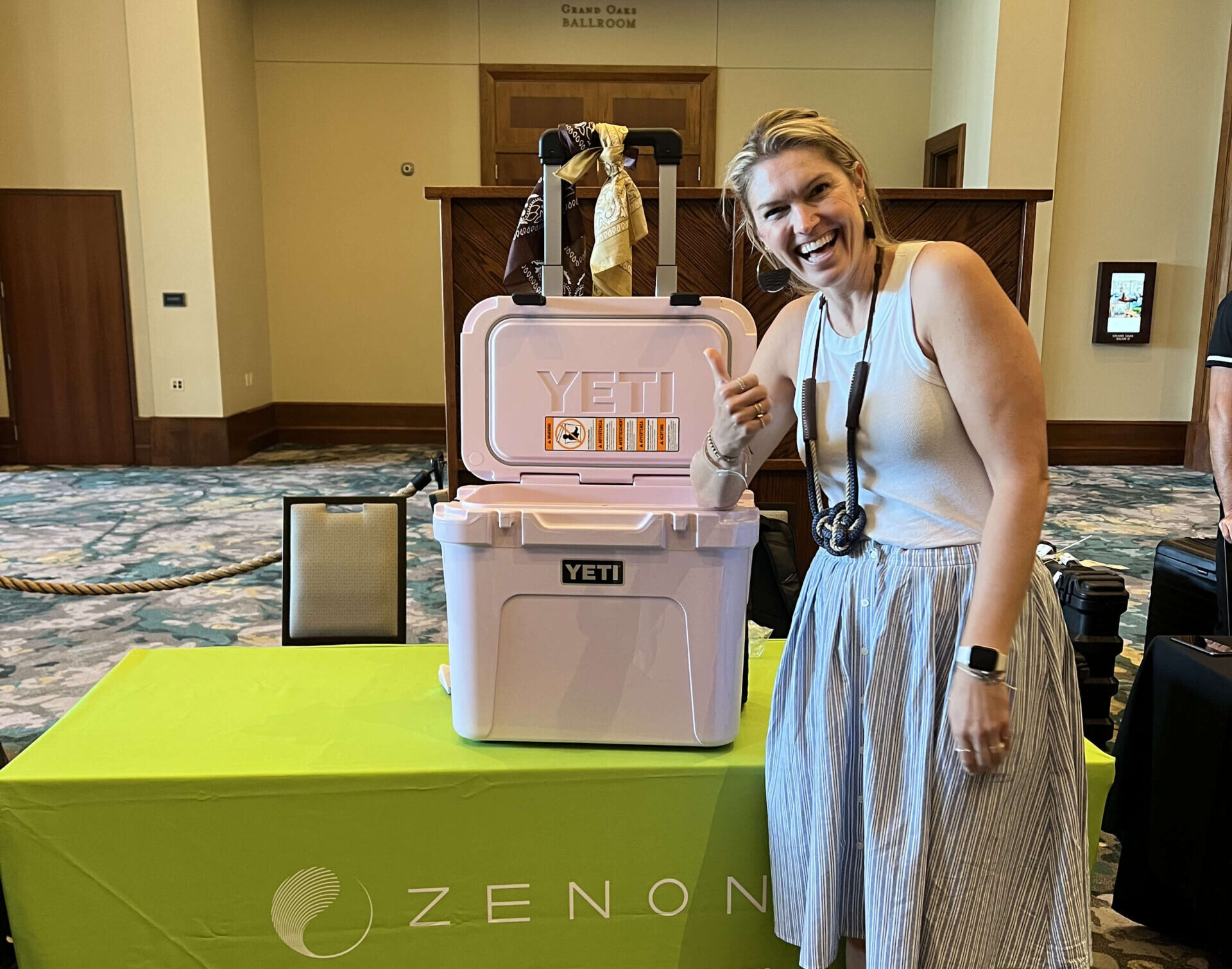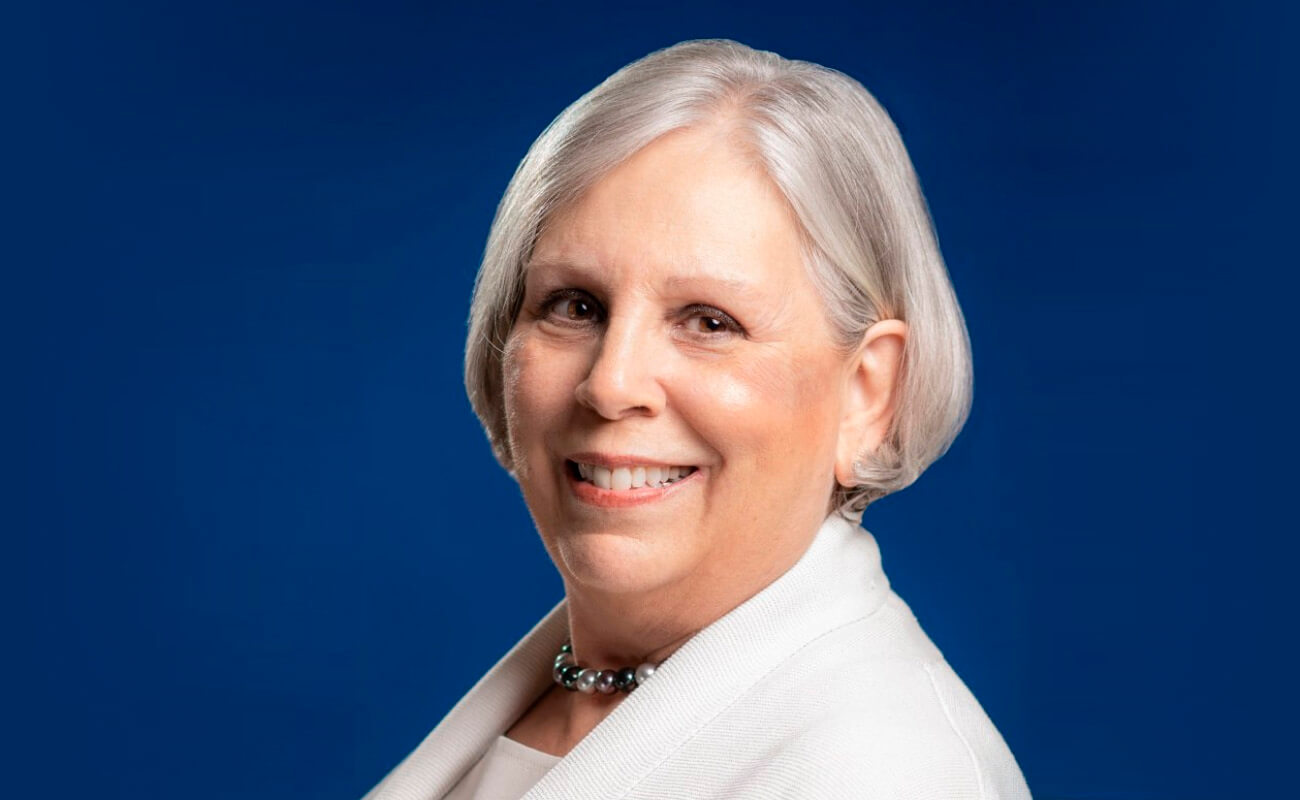Join 1000+ dental professionals, shop from your favorite suppliers, compare prices instantly, and save over $17,000/year
Try our platform free for 30 days.
Start for FreeMary Govoni, CDA, RDH, MBA,
Mary Govoni & Associates
So much has happened around current state of infection prevention and other areas of health care over the course of the last 3 years. At times the change has been dizzying, confusing and frustrating. Many dental team members are expressing their sentiments about COVID-19 fatigue. The most common comment I hear is “I’m so tired of COVID”, and I am as well. The reality is, however, that the pandemic still isn’t over. On Jan. 31st President Biden disclosed that he will end the national emergency declaration related to COVID-19 on May 11, 2023. Does this mean that the pandemic is over? What, if anything, will be impacted in dental practices relative to COVID-19 guidance and protocols?
It is important to note that although the current state of infection prevention is to end the national medical emergency declaration in May 2023, the CDC, and World Health Organization (WHO) may not end the declaration of a global pandemic of COVID-19 if cases are still spreading. This action does, however, indicate that the crisis era of the pandemic is over – not that COVID-19 is gone from our lives. In fact, what the CDC and other public health agencies have stated is that COVID-19 is beginning to enter the endemic stage of the spread of the disease, meaning that it will likely be always present at some level, like influenza. This means that COVID-19, like influenza, will always present some level of risk of transmission in dentistry during aerosol generating procedures (AGP’s). In some states, under this emergency declaration, some dentists and hygienists have been allowed to administer COVID-19 vaccines to patients, which will most likely end. But our IPAC protocols should continue to be followed, until further updates from the CDC.
COVID-19 cases continue to spread across the country. New Omicron subvariants have been identified and now make up most of the COVID-19 cases in the U.S. It is important to note that these variants are vaccine evasive, resulting in both vaccinated and unvaccinated individuals being infected with the virus. The CDC continues to urge health care facilities to follow their guidance for COVID-19, which includes both patient and health care worker protections thanks to current state of infection prevention.
These viral outbreaks have been complicated over the last few months by a surge in cases of influenza that is higher than in recent years. In addition, the respiratory syncytial virus (RSV) has also surged, especially in young children. These viruses, and others, such as measles, can be spread through respiratory secretions, which puts dental professionals at risk of infections during AGP’s. As a reminder, AGP’s are defined by OSHA and the CDC as the use of a high-speed handpiece, air/water syringe, ultrasonic scaler, air polisher and air abrasion. Although the number of cases of COVID-19, Flu, and RSV are now decreasing, the risks of exposure for dental professionals performing AGP’s is still present. To minimize the risk of exposure, dental professionals must still follow CDC and OSHA interim guidance, public health regulations and state dental board rules for infection control and especially for utilizing the correct PPE for these procedures.
A recent study conducted at the Harvard School of Dental Medicine and published in JAMA Network,, concluded that there was no increased risk for dental practitioners contracting COVID-19 during clinical activities. The article was cited by many groups within dentistry, but the tag line used for the citations did not include one very important conclusion from the study, which was that the study participants were wearing recommended PPE, including N-95 respirators. On the surface, it might appear that the study concluded that the risk to dental professionals was minimal, when in fact it was and is not – for professionals not wearing the correct PPE and for those dental practices that are not continuing to screen patients for respiratory symptoms of COVID-19 and other infectious respiratory viruses.
Another issue that has come to light again in dentistry is that of contaminated dental unit water. In 2015 and 2018 outbreaks of bacterial infections in pediatric patients who received pulpotomies in practices in Georgia and California, respectively. These outbreaks drew attention to the need for proper testing and maintenance of dental unit waterlines to prevent infectious disease transmission. In Oct. 2022, the CDC issued a warning through its Health Alert Network (HAN) that another outbreak had been reported.
Although it is a common practice in dental facilities to treat the dental unit waterlines with some type of antimicrobial agent, to reduce the formation of biofilm and microbial growth in the waterlines, it is not as common for dental practice to test their water quality for contamination. Testing is the only way for a dental team to know if their dental treatment water meets the CDC guideline of <500CFU/ml. Every practice should have a waterline protocol in place that includes baseline testing of the water that is going into the unit, regular cleaning/maintenance with an antimicrobial agent, shocking the lines to remove residual biofilm and testing. There are readily available resources for dental practices for water testing, both in-office and mail in services. The CDC suggests that testing be performed at least quarterly.
Many times, dental team members question the need to follow CDC guidance, since the CDC is not a regulatory agency, such as OSHA. The reality is, however, that most states require compliance with CDC guidelines in their dental rules. And public health departments also require compliance with CDC guidance during current state of infection prevention. Even in our collective state of COVID fatigue, we have the responsibility to protect the health of our patients and of course, ourselves. Viewing CDC guidance as a burden or a nuisance, or simply a recommendation, can distort our thinking, and allow us to forget that responsibility. Patient and health care worker safety is our primary obligation as health care professionals.
Having said all that, we must always look at the practical side of compliance with regulations and guidelines. This begins with training of dental team members to understand what is require and why it is so important. According to OSHA and the CDC, new employees must be trained at the start of employment, which is often overlooked, as many dental practices do not have a formal onboarding process for new employees. This is even more critical now due to a shortage of dental health care workers, and especially those with some prior experience in dentistry. If new procedures or products are implemented or introduced into a practice, training must be provided to the team and annual training updates must be provided. Training and retraining of team members, aids in ensuring consistency in how effectively infection prevention protocols are followed, thus increasing both patient and worker safety. Competency evaluations are an excellent tool for assessing the effectiveness of training. This is especially important in the case of new and inexperienced team members, with no dental experience. Can the new employees demonstrate how to appropriately reprocess instruments or turn over treatment rooms, following cleaning and disinfecting protocols? And is there an Infection Control Coordinator appointed in the practice that can monitor that protocols are followed?
A discussion of current state of infection prevention and its effect on dental practices would not be complete without addressing the issue of the financial impact on the practice. Additional PPE, which has increased in price during the pandemic, is a key factor. This leads some team members to consider how to cut costs with respect to infection control, such as reusing disposable items and some PPE – like face masks. There are many areas where cost-savings can be implemented in dental practice, but cutting back on, or cutting corners is a slippery and dangers path for dental professionals. Think of your safety, that of your patients and family members and strive to always do the right thing.
Resources:
1. Centers for Disease Control and Prevention – COVID Data Tracker https://covid.cdc.gov/covid-data-tracker/#datatracker-home (Accessed 1/31/23)
2. Centers for Disease Control and Prevention – COVID-19 Variants https://www.cdc.gov/coronavirus/2019-ncov/variants/index.html?s_cid=11720:covid%2019%20variants%20of%20concern:sem.ga:p:RG:GM:gen:PTN:FY22 (Accessed 1/31/23)
3. Centers for Disease Control and Prevention – Interim Guidance for Healthcare Personnel – Potential Exposure at Work – updated 9/23/22 https://www.google.com/search?q=cdc+guidance+for+healthcare+workers&rlz=1C1CHBF_enUS1016US1016&oq=CDC+guidance&aqs=chrome.2.69i59j69i57j35i39j0i512l4j69i60.4783j0j4&sourceid=chrome&ie=UTF-8 (Accessed 1/31/23)
4. Centers for Disease Control and Prevention – Infection Control Guidance – updated 9/23/22 https://www.cdc.gov/coronavirus/2019-ncov/hcp/infection-control-recommendations.html (Accessed 1/31/23)
5. Centers for Disease Control and Prevention Flu Activity & Surveillance Data https://www.cdc.gov/flu/weekly/fluactivitysurv.htm (Accessed 1/31/23)
6. Centers for Disease Control and Prevention Respiratory Syncytial Virus (RSV) https://www.cdc.gov/rsv/index.html (Accessed 1/31/23)
7. Centers for Disease Control and Prevention – The National Respiratory and Enteric Virus Surveillance System (NREVSS) https://www.cdc.gov/surveillance/nrevss/index.html (Accessed 1/31/23)
8. Centers for Disease Control and Prevention – Infection Control Guidance – updated 9/23/22 https://www.cdc.gov/coronavirus/2019-ncov/hcp/infection-control-recommendations.html (Accessed 1/31/23)
9. Harvard School of Dental Medicine – Study Shows Dental Practitioners Did Not Face and Increased Risk of Contracting COVID-19 During Clinical Activities https://hsdm.harvard.edu/news/study-shows-dental-practitioners-did-not-face-increased-risk-contracting-covid-19-during#:~:text=Study%20Shows%20Dental%20Practitioners%20Did,Harvard%20School%20of%20Dental%20Medicine (Accessed 1/31/23)
10. Jama Network – Evaluation fo Comprehensive COVID-19 Testing Program Outcomes in a US Dental Clinical Care Academic Setting, Dec. 13, 2022 https://jamanetwork.com/journals/jamanetworkopen/fullarticle/2799439 (Acessed 1/31/23)
11. Mycobacterium abscessus Infections Among Patients of a Pediatric Dentistry Practice — Georgia, 2015. MMWR Morb Mortal Wkly Rep 2016;65:355–356. DOI: http://dx.doi.org/10.15585/mmwr.mm6513a5 (Accessed 1/31/23)
12. Hatzenbuehler LA, Tobin-D’Angelo M, Drenzek C, et al. Pediatric Dental Clinic-Associated Outbreak of Mycobacterium abscessus Infection. J Pediatric Infect Dis Soc. 2017 Sep 1;6(3):e116-e122. https://pubmed.ncbi.nlm.nih.gov/28903524/
13. CDC Health Alert Network – Outbreaks of Nontuberculous Mycobacteria Infections Highlight Importance of Maintaining and Monitoring Dental Waterlines https://emergency.cdc.gov/han/2022/han00478.asp (Accessed 1/31/23)
14. CDC Division of Oral Health – Dental Unit Water Quality https://www.cdc.gov/oralhealth/infectioncontrol/faqs/dental-unit-water-quality.html (Accessed 1/31/23)










